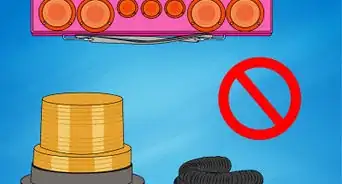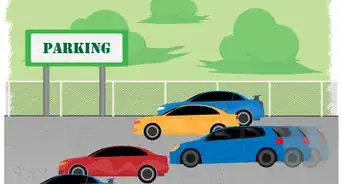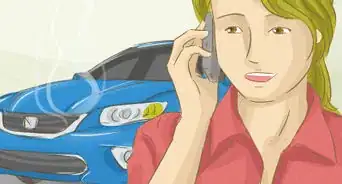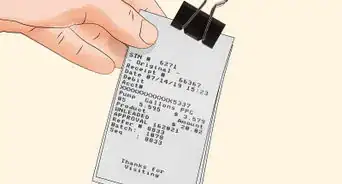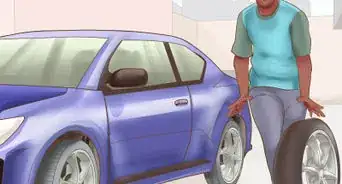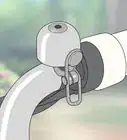X
wikiHow is a “wiki,” similar to Wikipedia, which means that many of our articles are co-written by multiple authors. To create this article, 15 people, some anonymous, worked to edit and improve it over time.
This article has been viewed 97,531 times.
Learn more...
Wouldn't it be amazing if you never had to stop for a red light again? While there's no guaranteed approach to predict traffic signals every time, we can help you model your local lights so you can get an idea of their patterns.
Steps
-
1Know approximately what your 'net' rate of travel will be, and consider that instead of the speed limit, or how quickly you can move from light to light. A 45 mph (72 km/h) speed limit is often a net speed of 30 mph (48 km/h), sometimes a lot less, in an area with traffic signals. The fact that you're moving along at 30 mph (48 km/h) in a 45 mph (72 km/h) zone should make no difference to your travel time, especially if you are almost never stopping.
-
2Know where signals are 'coordinated'. On sections of road where this is true, once you are moving with the flow of traffic, maintaining a given speed will usually get you through without stopping.Advertisement
-
3Learn that green is bad, and red is good. This is the opposite of what most people think, but absolutely works. A green light can be totally unpredictable. It might stay green right up until you're almost committed and then turn yellow. Green will betray you. A green light will tempt you to speed toward it and force you to slam on your brakes. When you are approaching a signal that is red, you are covering ground instead of idling at the signal. Well coordinated signals will typically be red as you approach then turn green shortly before or after you arrive at the intersection.
-
4Discover that red lights are the most forgiving and the most beneficial things to see a ways up ahead. You know you'll stop at a red light, which makes it predictable, but it might just turn green, so if you slow down enough approaching it, you might never stop. At the very least, you won't have worn brakes and burned fuel keeping the car moving fast. Now it's only a matter of trying to work out how long it will remain red, and how long it will be green after that, and moderate your speed to be moving at the right rate when you reach the intersection to follow the other cars through without stopping at all (though not so fast that you can't stop if they stall, the signal doesn't behave like you wanted it to, or whatever other unpredictable things happen). You may also be able to tell from where you are that even though the light will turn green about when you get there behind the traffic, that you won't be making it through, and plan accordingly.
-
5Get a 'feel' for where/when to start watching and predicting where your car should be when considering a traffic signal. This takes 'fuzzy' experience, because it's different for most intersections and is different for different cars.
-
6Watch not only at the current light, but the next one and occasionally even the one after (if not too dangerous to do so, like when you're stopped and have nothing better to do), where signals are spaced closely together. You can often tell fairly precisely what the next light will do after the current one changes.
-
7Watch the pedestrian crossing signals. If it's green or only just started flashing red, your green light is still 'fresh', and you might make it.
-
8Watch the intersection for cars waiting on the crossroad, or in a left-turn lane facing you. If you see these things, your green light will in all probability betray you.
-
9Watch left turn signals for traffic traveling in your direction. If you have a green light, and the turn signal facing you just turned green, and there are still cars turning, your green light may be 'fresh' enough to make.
-
10When attempting to make a left turn yourself, if there is other traffic waiting in the turn lane for a left turn light, you can occasionally time your arrival such that the left turn light has turned green, and traffic is moving. More often than not, you can't.
-
11Left turn signals can lead or lag the straight through green, especially along coordinated routes. Each signal will likely be phased for a particular day and time, so pay attention to learn what each signal does on your commute.
-
12Make opportunistic plans for entering parking lots. Many parking lots have multiple entrances on different sides. With a lot on the left, if your traffic light has turned red, or is going to turn red, consider taking the a left turn instead of proceeding to a later entrance. If it's fresh and green, maybe proceed ahead to an uncontrolled left turn lane (depending on traffic) to avoid waiting for the signal to cycle all the way through to a left turn. Similar when approaching a lot on the right, especially if you are in a 'right on red' jurisdiction. Mind the pedestrians, though.
-
13Make opportunistic plans for your route. Most American cities are laid out like a grid. There are multiple paths/doglegs to take to reach the same destination, on or off freeways. Often some of these paths have fewer signals, or more 'friendly' signals. Balance this with the knowledge that every turn is usually a stop. At certain times of the day or week, an otherwise 'impassible' industrial zone with relatively few signals can be absolutely deserted.
Advertisement
Community Q&A
-
QuestionCan I cross the yellow light?
 Community AnswerYou shouldn't accelerate to cross it. But if you're already in the intersection when the light is turning yellow, proceed at normal speed.
Community AnswerYou shouldn't accelerate to cross it. But if you're already in the intersection when the light is turning yellow, proceed at normal speed. -
QuestionIs it possible for the light to be green at the same time when one should be red?
 Community AnswerUnless there is a serious problem with the traffic lights, no two lights should be green at the same time in a situation where two areas of traffic flow would cross paths. Most traffic lights have safety switches to prevent this sort of malfunction. Sometimes if you are turning right, you will have a green light but you will still have to yield to oncoming traffic. In situations like this, there is almost always a sign posted next to the traffic light that says "right turn yield on green."
Community AnswerUnless there is a serious problem with the traffic lights, no two lights should be green at the same time in a situation where two areas of traffic flow would cross paths. Most traffic lights have safety switches to prevent this sort of malfunction. Sometimes if you are turning right, you will have a green light but you will still have to yield to oncoming traffic. In situations like this, there is almost always a sign posted next to the traffic light that says "right turn yield on green." -
QuestionWhy don't the lights stay green when no one else is coming the other way?
 Community AnswerBecause to do otherwise would require a complex and expensive system with sensors to detect when cars are coming. It is just not cost effective.
Community AnswerBecause to do otherwise would require a complex and expensive system with sensors to detect when cars are coming. It is just not cost effective.
Advertisement
Warnings
- Most signals today have road sensors that will make them behave differently if cars are stopped at various positions around the intersection, and/or that are counting cars passing certain positions.⧼thumbs_response⧽
- Don't slam your brakes at a yellow signal, you will get rear-ended.⧼thumbs_response⧽
- The time you have when the light is yellow varies substantially on signals everywhere, and can be incredibly brief on signals with 'red light cameras' (city/county revenue).⧼thumbs_response⧽
- Large vehicles triggering road sensors from vibration or by their wheels infringing slightly on other sensors (i.e. triggering an empty left turn lane sensor).⧼thumbs_response⧽
- People who try to 'make' lights, or ignore them, may be seen.⧼thumbs_response⧽
- Waiting cross traffic, left-turn lane traffic or pedestrians that you can't see, or that arrives just as you approach.⧼thumbs_response⧽
- Different switching patterns based on time of day and power outages and other equipment failures will most likely affect it.⧼thumbs_response⧽
- Never assume you know absolutely what the signal will do, or what drivers will do; slow down enough that you CAN stop if you have to, even if you're pretty certain of what will happen.⧼thumbs_response⧽
- Beware of engineering attempts at making lights more 'intelligent' (often read: 'malevolent').⧼thumbs_response⧽
- Safety: Don't bet your life on it!⧼thumbs_response⧽
- If maybe you can't make it, don't even try to make it.⧼thumbs_response⧽
- Never assume for a moment that traffic signals will work the same way in any other place, or even in the same place next week.⧼thumbs_response⧽
- If your light has just turned green, it's likely that the cross traffic's light has just turned red. Beware of speeders trying (and failing) to beat that red light, especially coming from your left.⧼thumbs_response⧽
- Approaching emergency vehicles (primarily Fire Department vehicles and ambulances) can override the normal pattern of traffic signals in some circumstances. Both the emergency vehicle and the traffic signal must be equipped with the appropriate devices, and only some cities and certain intersections have such devices installed. One of the most common is the "Opticom" system, basically recognized as a very fast-flashing white strobe light mounted at or near the top of the emergency vehicle (not the "wig-wag" flashing high-beam headlights). A small receiving unit mounted on the traffic signal pole receives the "strobe code" and turns traffic lights green for the approaching emergency vehicle and red in all other directions. Such systems have been shown to reduce traffic accidents and injuries/fatalities involving emergency vehicles while improving response times to life-threatening emergencies. Emergency vehicles can only take control of intersection traffic lights if they are traveling in an emergency response mode - with all emergency lights activated and siren sounding. Once the emergency vehicle travels through the intersection, the traffic signal returns to it's normal pattern.⧼thumbs_response⧽
- Don't accelerate at a yellow signal, you could run a red light and get a ticket, be 'T-boned' in the intersection by cross traffic, or even get a head-on from a vehicle turning left. Some bonehead might even slam on their brakes right in front of you.⧼thumbs_response⧽
- Some signals detect the last car passing in/out of the intersection in your direction with a timer, so any break in cars will tend to cause an immediate change if cars are waiting. Very bad on a highway where you maintain a safe following distance, but they do it anyway.⧼thumbs_response⧽
- Traffic signals are made by many manufacturers, with many models and all kinds of specifications, requirements, optional settings, configurations and programs. They can all behave differently.⧼thumbs_response⧽
Advertisement
About This Article
Advertisement
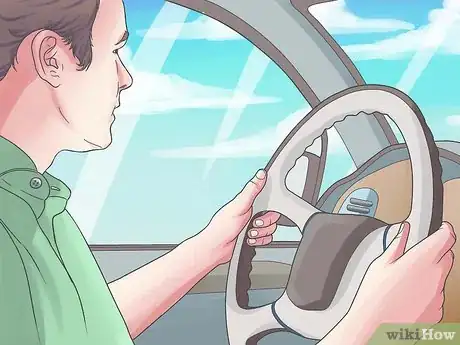
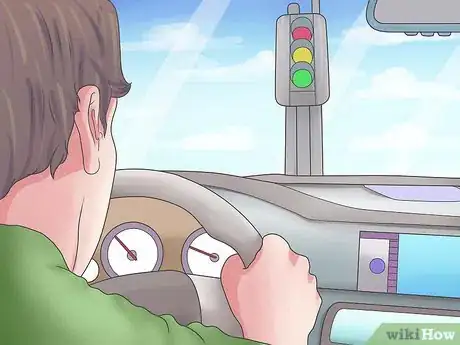
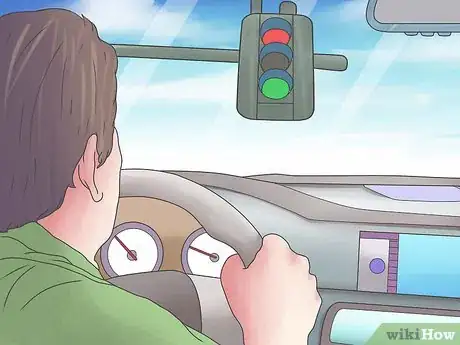
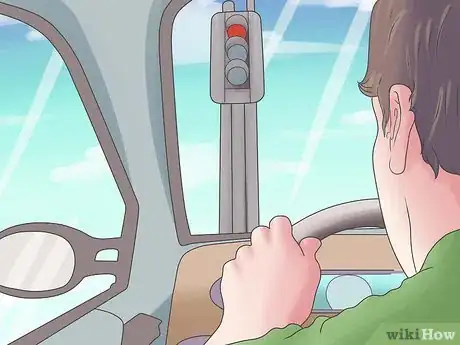
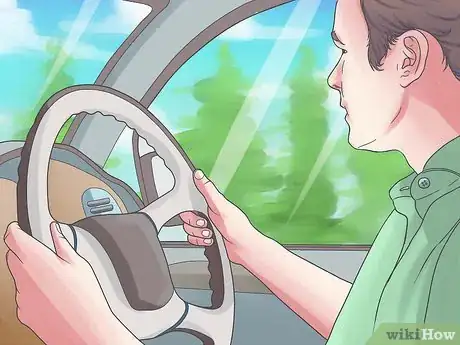
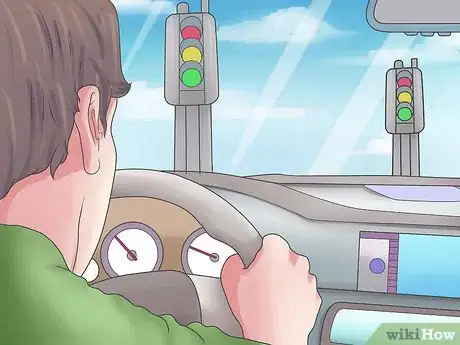
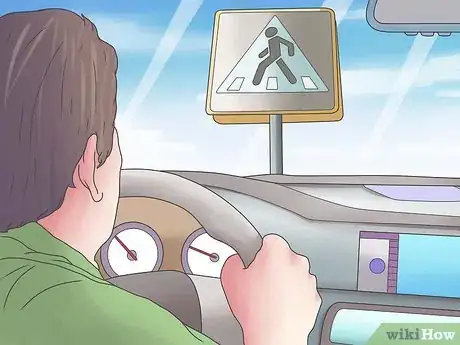
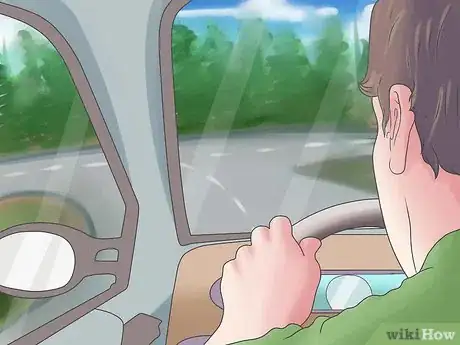
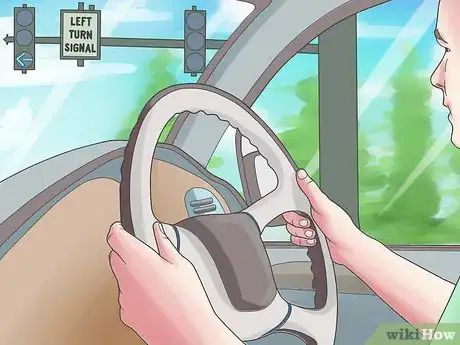
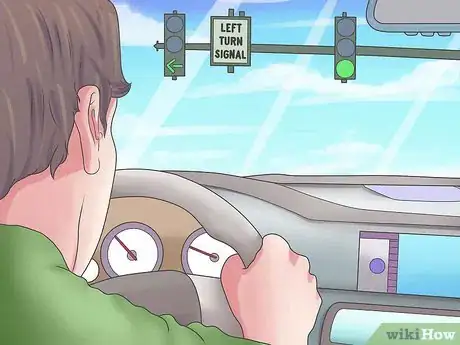
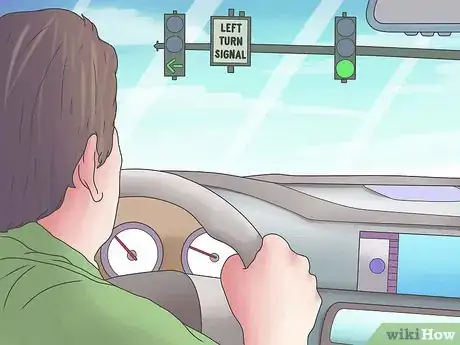
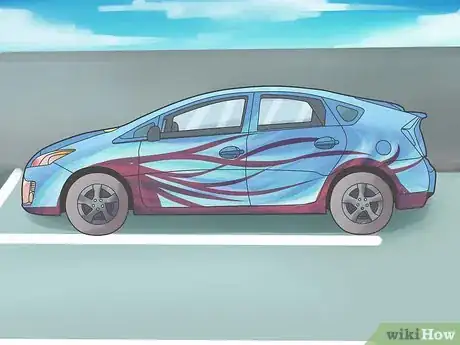
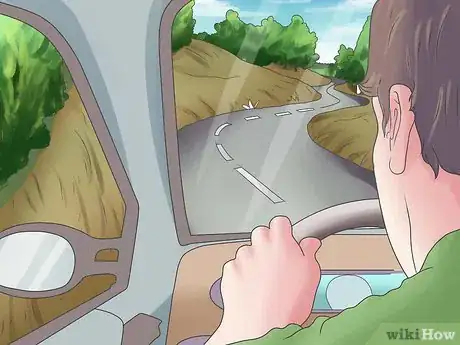
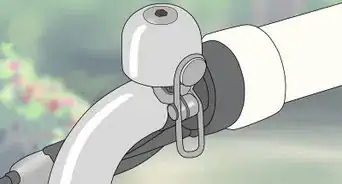
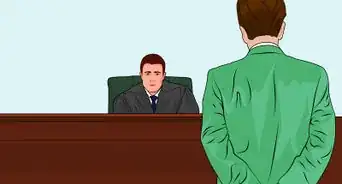

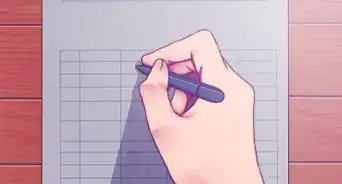
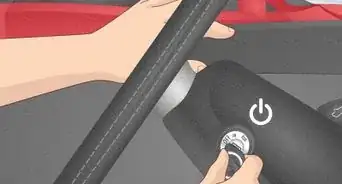
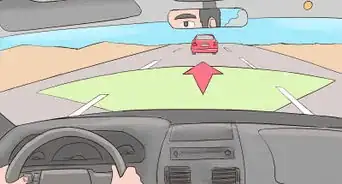
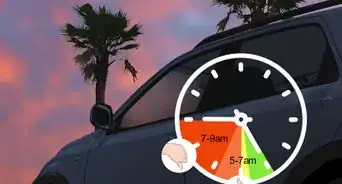
-Step-9-Version-2.webp)
